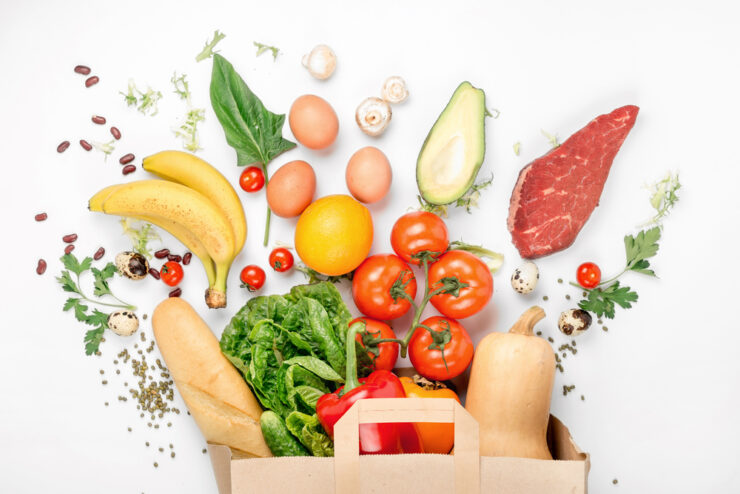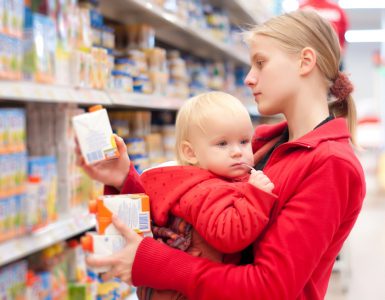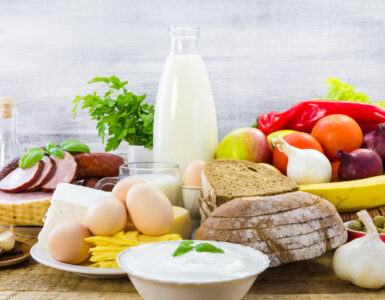You can put credit card bills, Netflix subscriptions, and other monthly expenses on the backburner. But one cost you cannot avoid is food.
If you’re having trouble affording food, the USDA has several assistance programs that can save the day. Here are some of them:
Special Supplemental Nutrition Assistance Program for Women, Infants, and Children (WIC)
WIC helps many women through pregnancy, breastfeeding, and their children’s first five years with nutritious foods. With food assistance from the WIC program , you can breathe a sigh of relief, knowing your nutritional needs are cared for in critical times.
Supplemental Nutrition Assistance Program (SNAP)
This may be the most popular food assistance program in existence. It may not be referred to as food stamps any longer, but SNAP still offers those same benefits that can keep your family fed each month until you become self-sufficient.
Child and Adult Care Food Program (CACFP)
Nutritious meals and snacks get reimbursed for children and adults in this program, as long as they meet income requirements and attend one of the following:
- Child or adult daycare center
- Daycare home
- Emergency shelter
- After-school care
Senior Farmers’ Market Nutrition Program (SFMNP)
Seniors may have trouble paying for nutritious fruits, vegetables, and herbs. With the SFMNP, they can gain access to such produce grown on a local level.
WIC Farmers’ Market Nutrition Program (FMNP)
Speaking of costly produce, women participating in the WIC program can get it at no cost through the FMNP. Once part of the program, recipients get coupons that are valid at local farmers’ markets and roadside stands.
National School Lunch Program (NSLP)
No child can be expected to learn while they’re starving. Thanks to the NSLP, children can avoid this problem via low-cost or free lunches at school .
Commodity Supplemental Food Program (CSFP)
Low-income seniors over 60 can get free, nutritious foods through the CSFP .
Fresh Fruit and Vegetable Program (FFVP)
As mentioned, produce may be too expensive for some households on a tight budget. This can keep children from getting the nutrients they need to grow and perform at their peak. With the FFVP, children can get access to fruits and vegetables at no cost.
Special Milk Program (SMP)
Besides fruits and vegetables, milk is another food critical to children’s growth. As long as a child is not receiving other meal benefits from the federal government, they can get free milk through the SMP.
School Breakfast Program (SBP)
You won’t have to worry about your child lacking breakfast if they qualify for the SBP , as it offers the most important meal of the day for free.
Summer Food Service Program (SFSP)
Kids stay fed through the summer thanks to the free snacks and meals from the SFSP .
The Emergency Food Assistance Program (TEFAP)
When your kitchen is empty, and you need emergency food assistance, the TEFAP can help .




